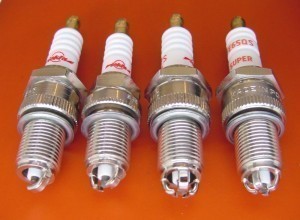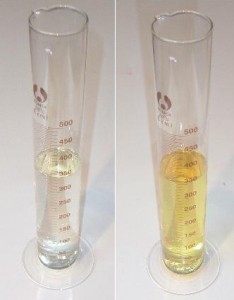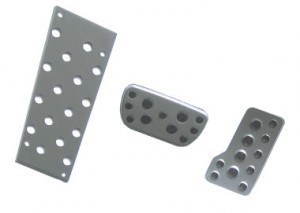Spark Plug Size Chart
Designed to ignite different kinds of compressed fuels like  liquefied petroleum gas, ethanol and aerosol gasoline, a spark plug is a very important part of internal combustion engines. This electrical device is usually placed in the cylinder head, the purpose of which is to produce an electric spark necessary to start a vehicle. It is made up of different parts like the ribs, insulator and terminal. Furthermore, each plug comes with a side electrode, a metal case and an insulator tip. In addition to these basic facts, it can also help to know the different spark plug sizes.
liquefied petroleum gas, ethanol and aerosol gasoline, a spark plug is a very important part of internal combustion engines. This electrical device is usually placed in the cylinder head, the purpose of which is to produce an electric spark necessary to start a vehicle. It is made up of different parts like the ribs, insulator and terminal. Furthermore, each plug comes with a side electrode, a metal case and an insulator tip. In addition to these basic facts, it can also help to know the different spark plug sizes.
The Different Spark Plug Sizes
Spark plugs are available in three common sizes. The first size is 0.8125 inch long. The second size has a length of 0.750 inch. The third size measures 0.6875 inch long. Every plug usually has a gap measuring somewhere from 0.035 inch to 0.070 inch. Aside from its use in vehicles, this electrical device can also be used to ignite combustible mixtures in furnaces. For this particular type of application, some people refer to it as flame igniter.
Additional Facts and Other Interesting Details
In order to understand how a spark plug works, it is important to know its different parts. These include the ribs, insulator and terminal. Aside from these, each plug also has a metal case, seals and an insulator tip. Furthermore, it must also have a side electrode and a central electrode.
The purpose of the ribs is to prevent the leaking of electrical energy and enhance electrical stimulation. Next, there is the insulator, the primary function of which is to supply mechanical support to the central electrode. Made from porcelain, this part also insulates the high voltage. The terminal is found at the top of the plug, which serves as its connection to the ignition system.
The primary function of the metal case of a spark plug is to eliminate heat from the insulator. It works by passing the heat right onto the cylinder head. This case has the capacity to outlast the torque of tightening the plug. Meanwhile, the insulator tip must serve as a good thermal conductor in order to prevent the electrode from overheating. It must be able to retain electrical insulation while resisting high levels of temperature.
Each spark plug features seals, the purpose of which is to prevent the combustion chamber from leaking. Made from high nickel steel, the side electrode is commonly found right at the side of the metal case. Its primary function is to enhance the heat conductivity of a spark plug. An internal wire is necessary to connect the central electrode to the terminal. This particular part of a plug features a tip that is made from a combination of chromium, nickel-iron as well as copper.





